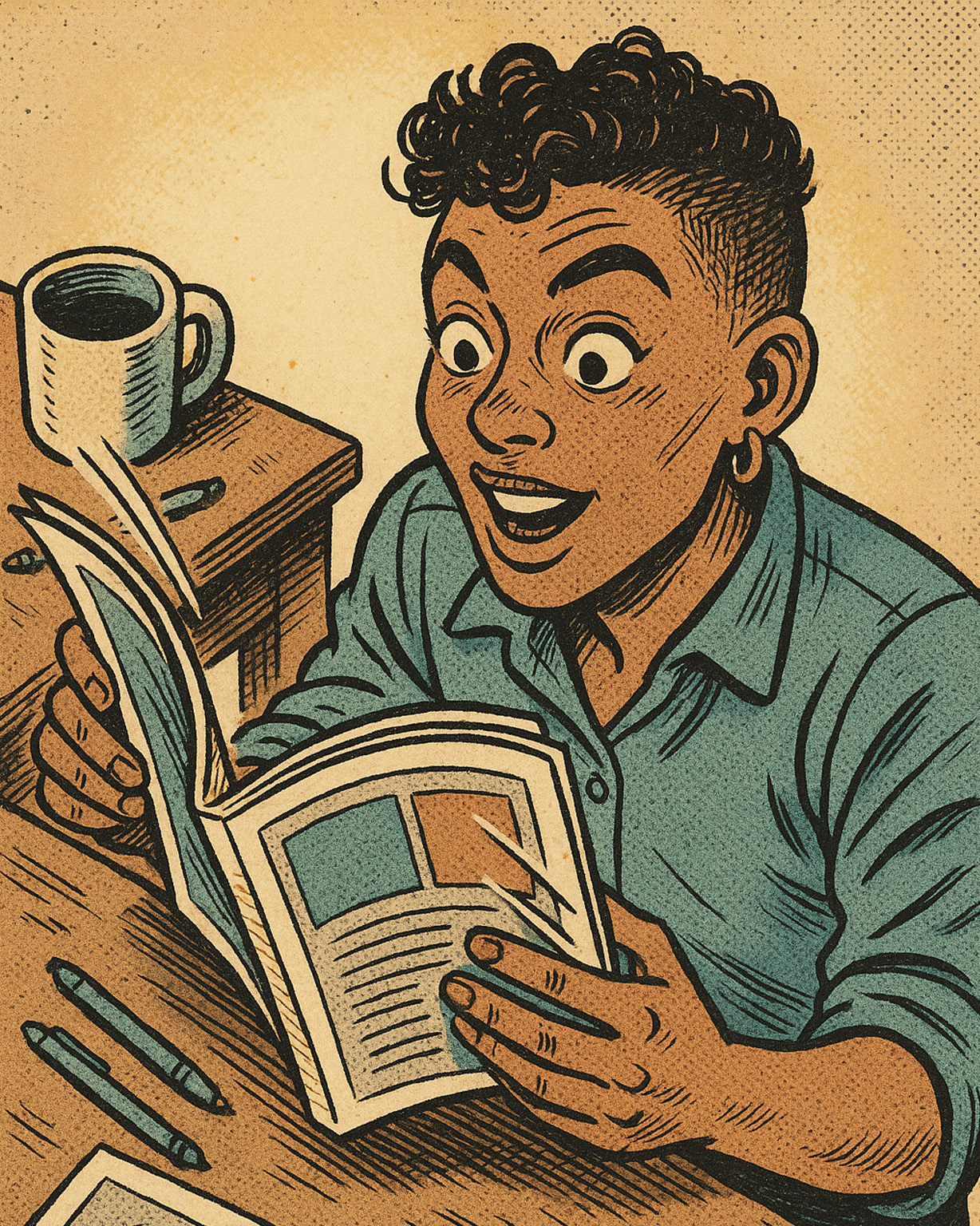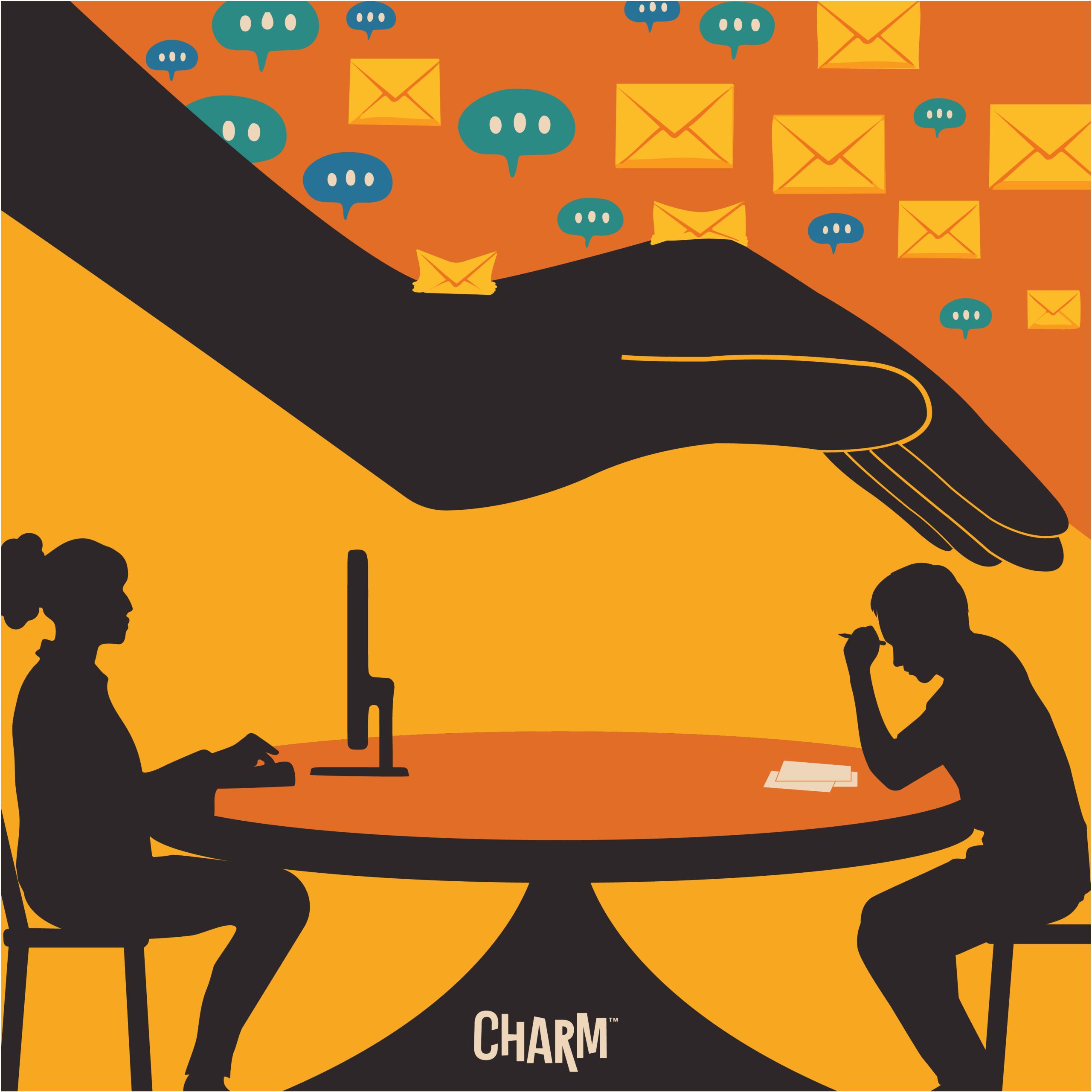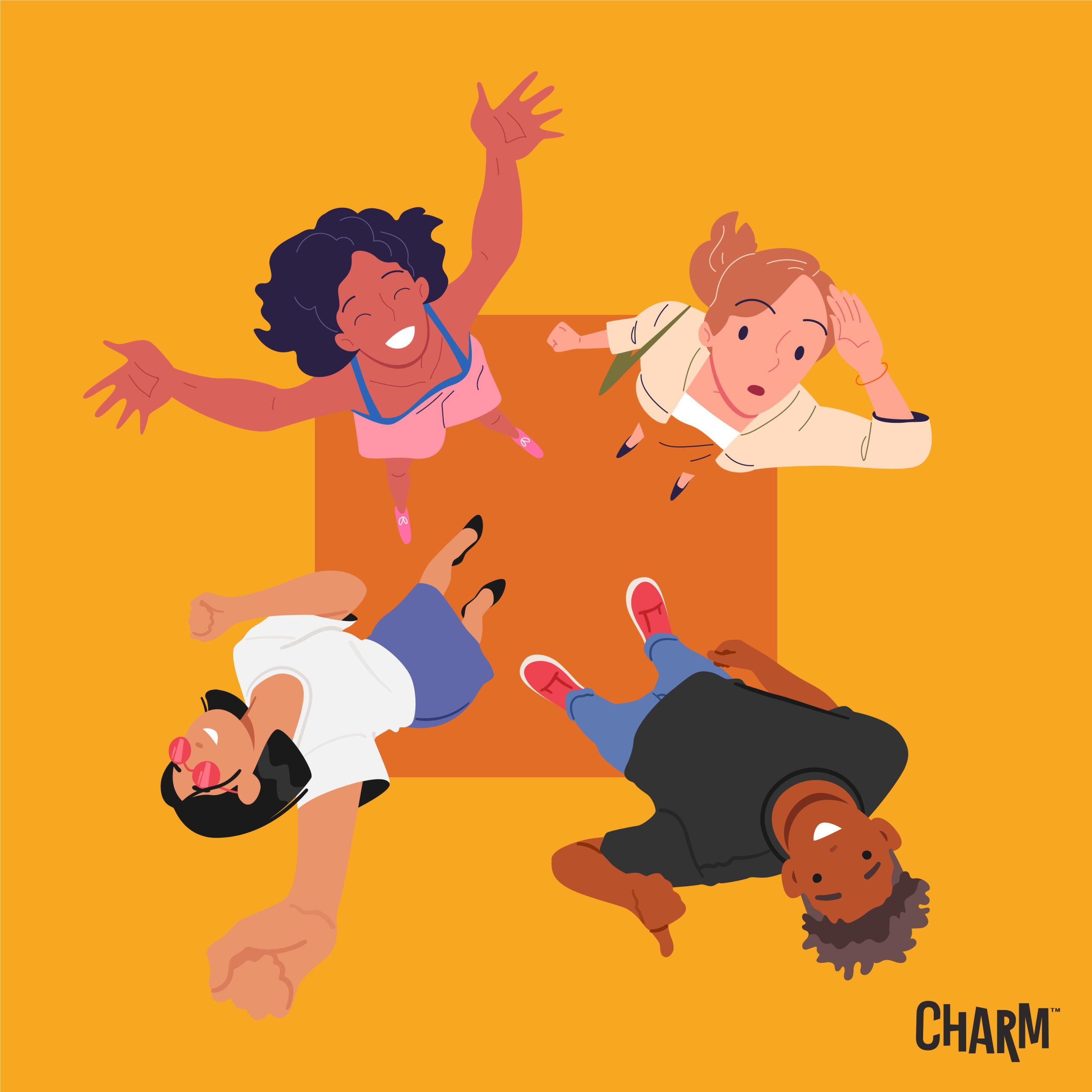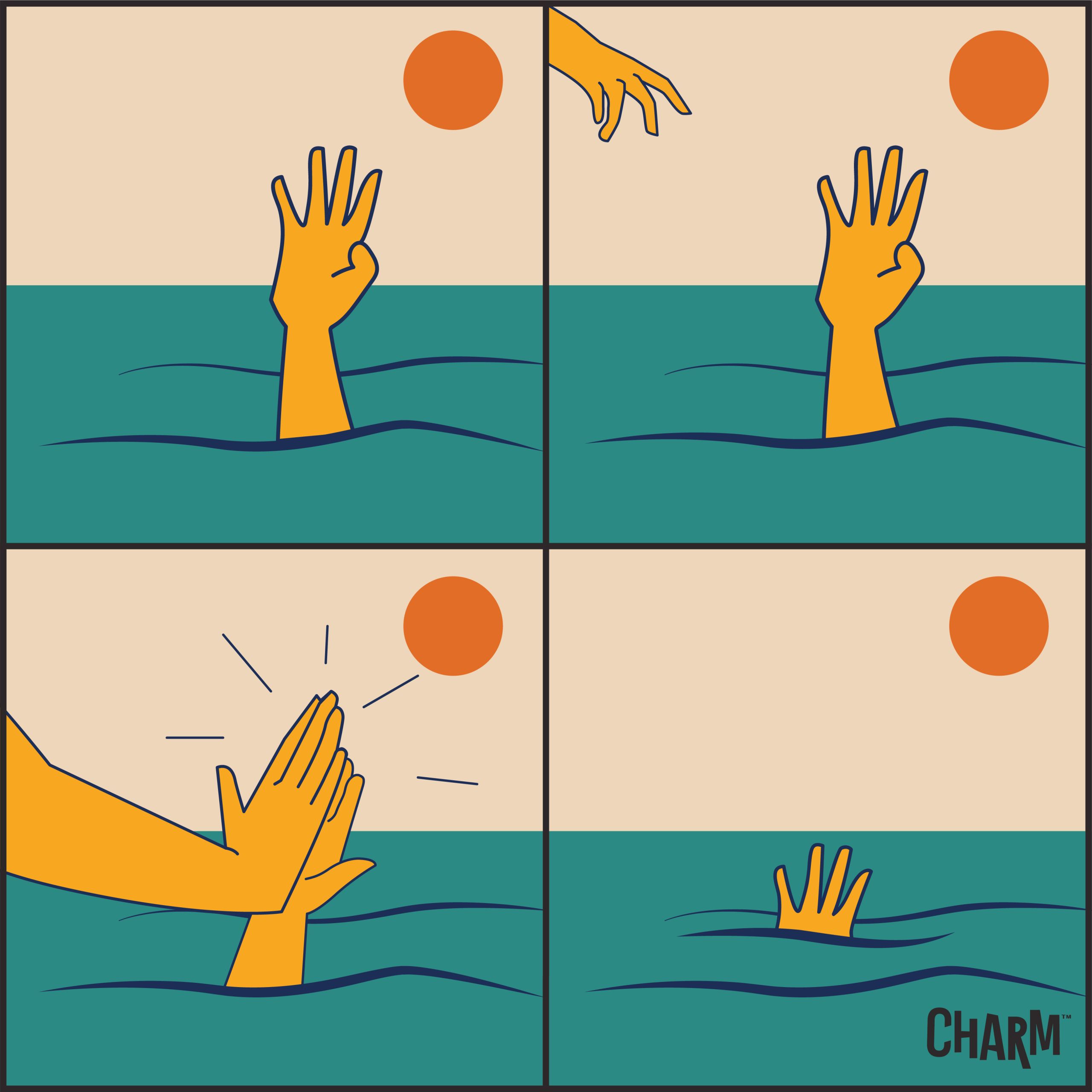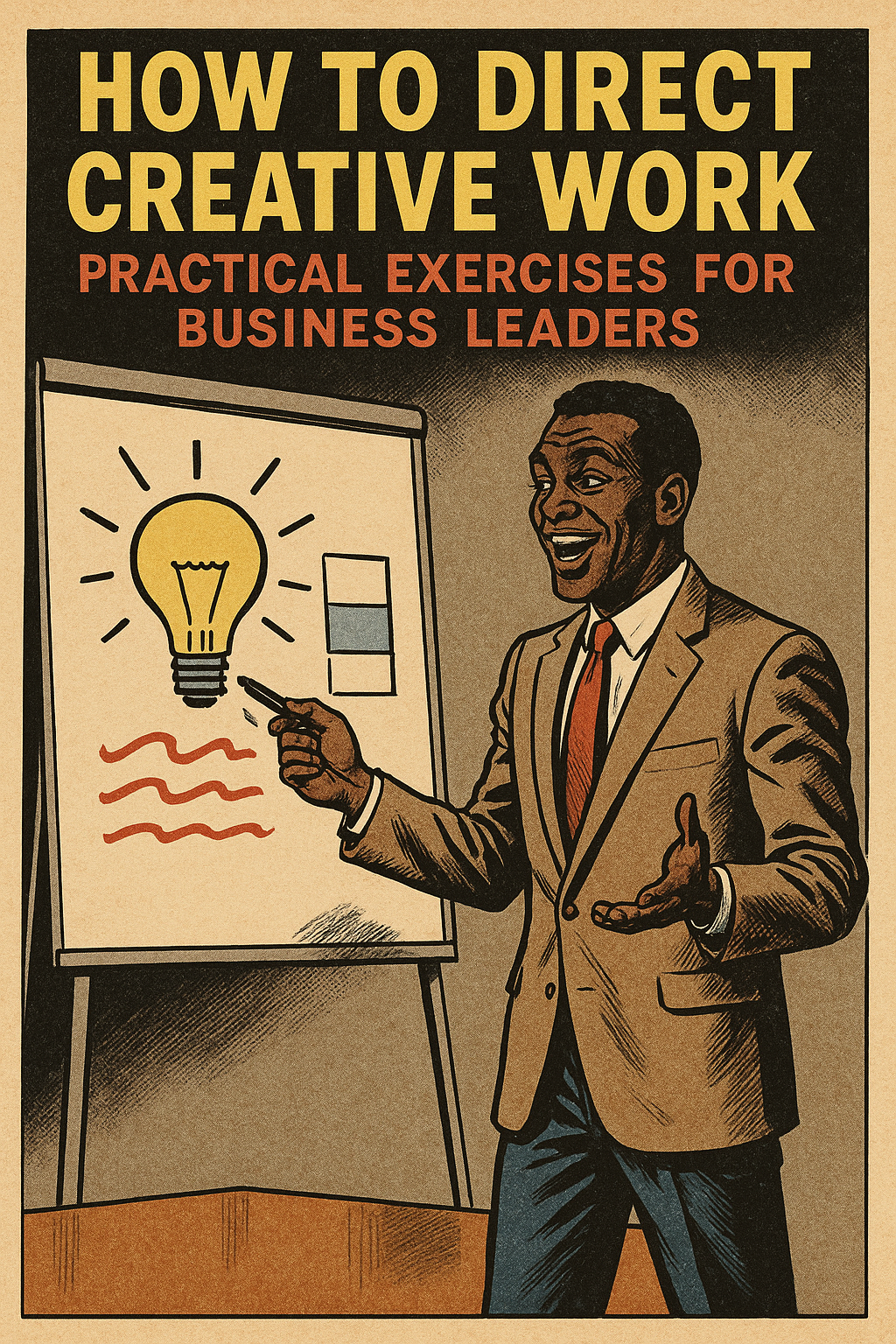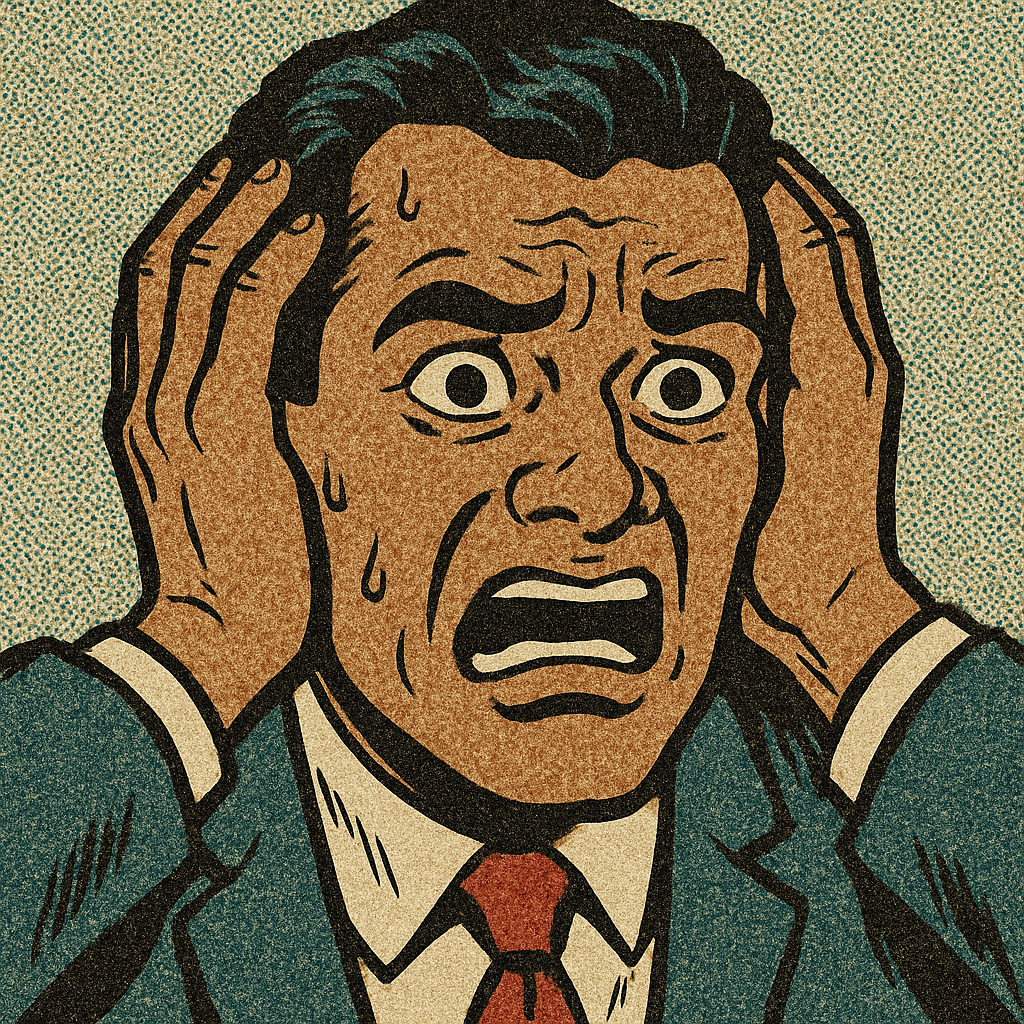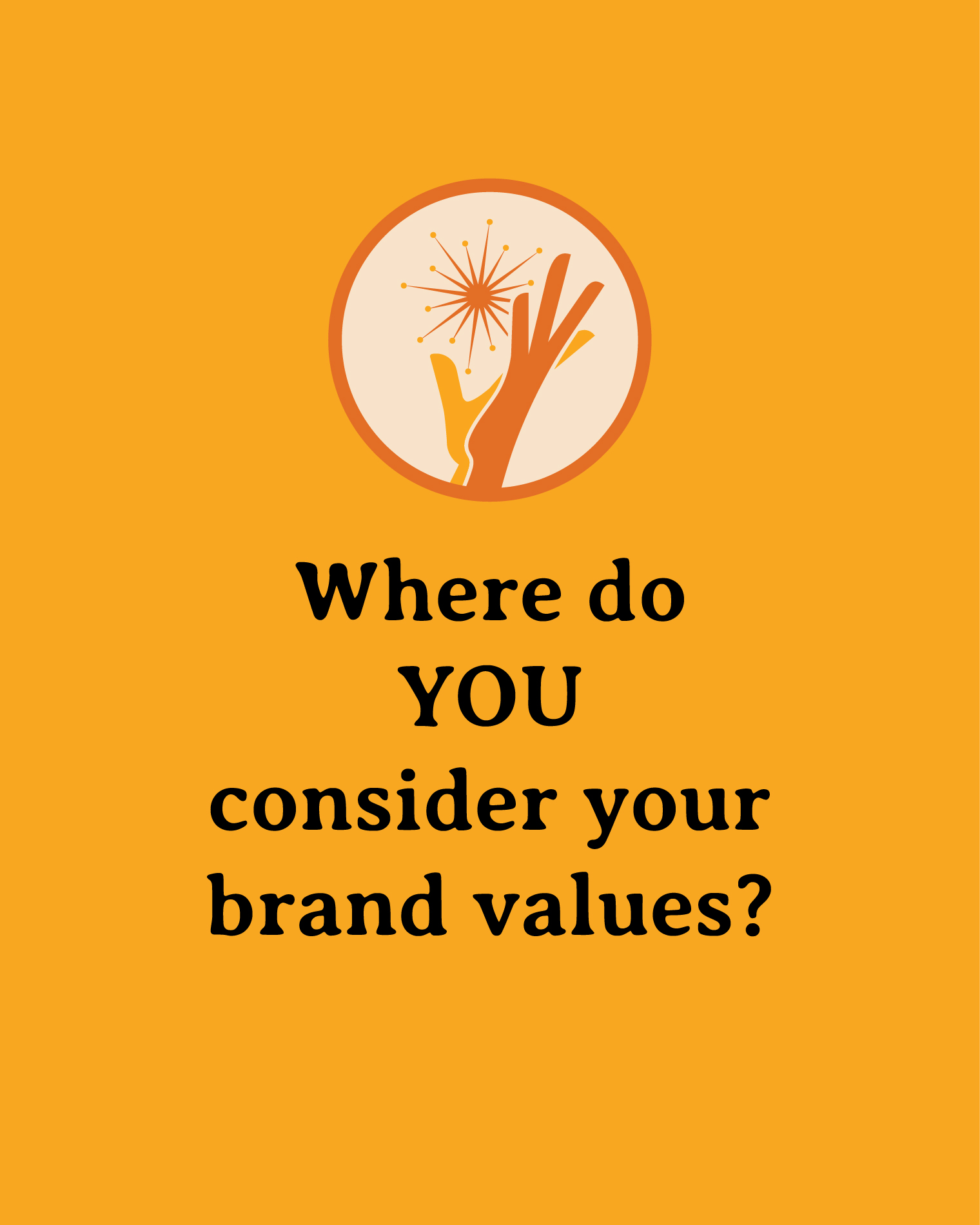We’ve spent the last decade optimizing everything for online consumption. Attention spans are measured in seconds. Algorithms shape taste. What once was a craft has been repackaged into “content.” And it’s not working.
If you feel this too, you’re not alone.
Across industries, people are quietly shifting their focus back to what’s real; slow, tangible, deliberate work made with care. Not because it’s trendy, but because it’s necessary.
Here’s why the offline shift matters:
Digital spaces are saturated
Standing out online has become a race to the bottom. The loudest, fastest, and most relentless win— until they don’t. Real connection, and real longevity, happen off-screen.Creatives need space to think
Constant output and input leaves no room for original thought. Disconnection isn’t laziness; it’s how we preserve depth, taste, and attention to detail.Trust is built in person
Whether it’s a printed portfolio, a studio visit, or a shared table, offline interactions carry weight. They signal care and intention in a way screens rarely do.Physical formats are making a quiet return
Zines, print mailers, risograph studios, poster walls— these aren’t just aesthetic choices. They’re strategic tools for visibility, ownership, and cultural contribution.Offline doesn’t mean inaccessible
It means selective. Measured. Designed with purpose. A slower pace, yes, but one with more substance and more staying power.
How to get ahead of the curve:
Reclaim analog tools. Sketch on paper, print drafts, pin work on walls. You’ll see and solve problems differently.
Design for permanence. Make things people want to hold, save, and revisit— not just scroll past.
Reintroduce slowness. Give yourself, and your clients, more time. Attention spans recover when we stop rushing.
Show up where it matters. Host a workshop, send a print, meet for coffee. Fewer, better touchpoints leave a stronger impression.
Offline isn’t a rejection of the internet. It’s a return to balance. A recalibration. And for those willing to step away from the noise, it’s a powerful way to stand out.
The future isn’t faster, louder, or more optimized. It’s slower, stranger, and more human.
Get ahead of the curve by stepping off it.
Offline Projects
Small, analog exercises to revive focus, deepen skill, and encourage play
Make a one-page zine
Choose any topic; a favorite font, a memory, a recent client lesson. Fold a single sheet of paper into an 8-page zine and fill it by hand. No computers allowed. We found a how to guide pdf here.Run a “type safari”
Take a walk around the neighborhood or your home and photograph interesting typography. Look for hand-painted signs, vintage packaging, or architectural lettering. Collect these in an album on your phone and refer to them for inspiration.Host a silent sketch hour
One hour, no talking, no screens. Just paper, pencils, and ambient music. Prompt: redesign a familiar object using only shape and line.Start a studio reference wall
Print out favorite pieces from artists, designers, and thinkers (past or present). Tape them up in a shared space. Encourage everyone to add one piece a week.Design a postcard for someone on the team
Handmade, physical, and mailed. No email. It can be a thank-you, a joke, or just a beautiful design; whatever feels generous.Curate a mini show-and-tell
Ask each person to bring in one physical object that inspires their creative work. A book, a tool, a childhood toy. Spend 10 minutes sharing.Recreate something by hand
Take a past digital project (poster, logo, layout) and reinterpret it with scissors, glue, pens, or found objects. The goal is not polish, but discovery.Start a studio sketchbook
One shared notebook that floats between team members. Anyone can add sketches, quotes, overheard lines, or half-formed ideas. A living archive of creative life.Print and pin
Once a month, print something you’re proud of and pin it up in the studio. No captions, no presentations— just let the work live offline somewhere visible.Walk-and-talk crits
Leave the desk. Take a loop around the block and talk through a current project. Walking changes how people listen, process, and respond.
These projects don’t require big budgets or long hours. What they do require is permission to slow down, step away from the machine, and remember that creative work is physical, emotional, and deeply human.

